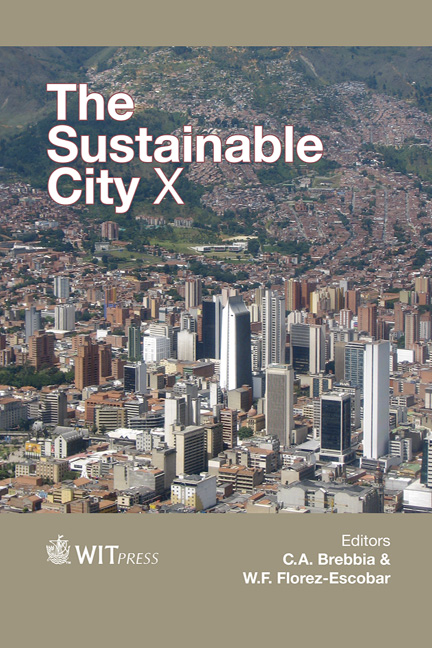Life Cycle Assessment Of Residential Buildings: A Review Of Methodologies
Price
Free (open access)
Transaction
Volume
194
Pages
9
Page Range
217 - 225
Published
2015
Size
314 kb
Paper DOI
10.2495/SC150201
Copyright
WIT Press
Author(s)
D. M. Petroche, A. D. Ramírez, C. R. Rodríguez, D. A. Salas, A. J. Boero, J. Duque-Rivera
Abstract
Global warming is the greatest environmental challenge that humanity is phasing. Water availability and biodiversity are also important issues of concern. Efforts towards achieving a sustainable path are required in all major sectors. The construction and infrastructure sector is an important contributor to global resource depletion and environmental impact.
Life cycle assessment (LCA) is a frequently used tool to assess the potential environmental impact of a product or service throughout its life cycle. The life cycle of a product involves the extraction of raw materials, processing, production, use, and end-of-life. The environmental performance is quantified according to several impact categories such as: global warming, abiotic depletion, acidification, eutrophication, ozone layer depletion, photochemical oxidation, among others.
LCA has been applied with success in the construction and infrastructure sector, in particular for buildings of all types. Literature in LCA of buildings use a variety of methodological approaches. The objective of this literature review is to identify and compare the different methodological approaches used in LCA of residential buildings, with a particular focus on functional unit, system boundaries, environmental impact categories, and data quality. The review indicates that there are different approaches used depending on the objective of each particular study.
Keywords
LCA, sustainability, sustainable infrastructure, sustainable engineering, built environment





